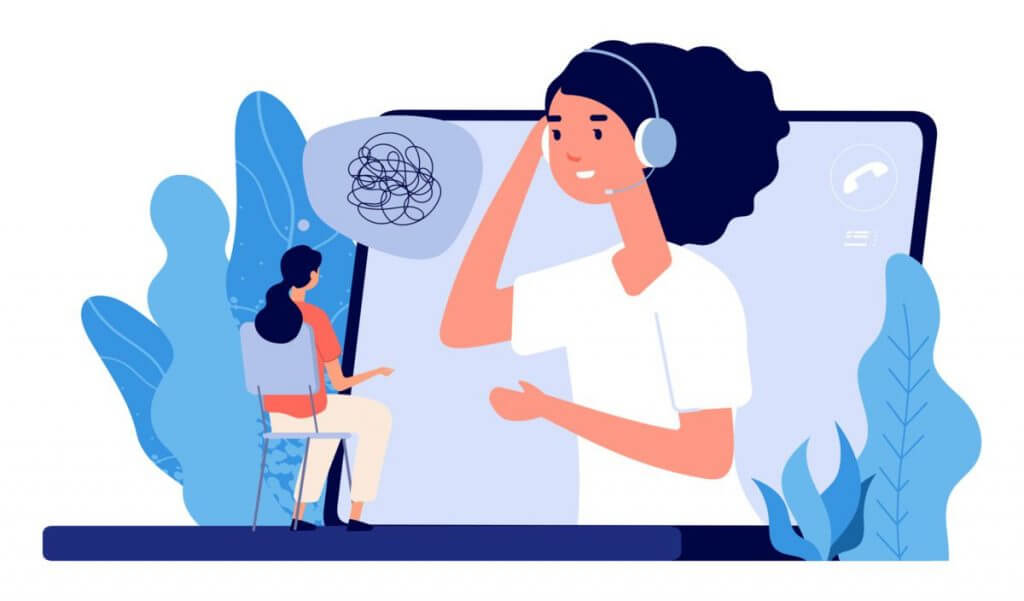Investigations Masterclass: The Human Element | ComplianceLine


Let’s delve into everyone’s favorite topic… investigations.
A successful investigation requires a balancing act for compliance professionals. Besides collecting and ascertaining the right information, they must also invoke empathy towards employees and the organizations they represent.
We spoke to a few prominent compliance experts about the human element involved in compliance investigations.
Investigations Management
When an investigation begins, it’s crucial to manage expectations from the outset so that employees and organizational leaders are on the same page and understand the flow of the process.
Here are some of the biggest items to be mindful of when launching any investigation.
Balancing Employee Morale
It’s not just about the legal stuff, it’s about boosting and maintaining employee morale.
Remember that employees are going out of their comfort zone to report an incident. By treating employees with respect and care, they will feel more inclined to report violations in the future.
Cultivating a ‘speak up’ culture means that each member of the organization is being heard, valued, and in the best possible position for success.
Make the Timeline Clear
Explain how the process will look in detail, including the expected timeline.
Maintain an open line of communication and help your clients realize that a resolution may take time. It’s key for compliance professionals to spell this out right away so that proper expectations are set.
What Resources Will You Need from Them?
In addition to making the expectations clear up front, you must also collect the right information from the client before proceeding.
Lay out exactly what you need from them as you start to conceptualize your overall investigative process.
Handling The Investigative Process with Gatekeepers
When an investigation begins, the lines of communication must be wide open. Here are some helpful tips to keep your clients happy and get closer to a resolution.
Be Proactive
Get ahead of the questions you’re most likely to receive from the client, especially from gatekeepers.
Explain your process with them from start to finish, and let them know that you won’t be causing a disruption in their workflow. Nobody wants to think you are encroaching on their turf. And you’re not, so it’s important to let them know you’re not.
Give Examples of Past Processes
You’ve done this before. Show the gatekeepers why you’re great at what you do by providing a few examples of past processes.
If they can see and understand your workflow from the start, they’ll be reassured that you’re the most effective compliance professional for the job.
Empathy Wins
Empathy is a skill that leads to better outcomes in every compliance situation. You should always be empathetic towards a reporter, but the same goes for gatekeepers within the organization.
Coordination of Interview Schedules
Keep interviews organized. Proper coordination means that you’re causing the smallest disruption possible and reaching desired outcomes faster.
Intake System
Fixing the intake process can be paramount to a better investigation.
Allocate Resources
Compliance professionals must be able to assess severity in rapid fashion. The goal should be to compartmentalize each violation into its own category in order to allocate the right resources. The degree of risk is the #1 allocation factor.
Understand the Reporter
It sounds obvious, but make an effort to learn what kind of access to information the reporter had. This starts with the initial interview.
Don’t Treat Interviews as a ‘Check-the-box’ Step
The interview is not just another part of the SOP. It’s the critical step towards decoding the violation and learning details that will help compliance professionals unearth a resolution fast.
Use it as an opportunity to gauge the intakers. Collect the best data by guiding users through a process while ascertaining what you need to know.
Build Confidence in Workforce
It’s not just about the specific violation. The human element is about the entire workforce within an organization.
Give them the confidence to speak up about issues big or small. Let them know they can report safely and it will be addressed. Make internal reporters feel seen and heard, but remember that communication with a plaintiff starts before the complaint is made.
It’s important to actively socialize your reporting channels to make everyone at the organization feel a part of the compliance mission.
Interfacing with HR
Working with HR is another tricky balancing act in itself. They might have a certain way of conducting business that could run counter to your compliance goals, but don’t make it a turf issue.
If HR is failing, address the issue in a reasonable way. Have a gentle conversation about their interactions with individuals in the organization. Learn how they perform exit interviews and how they take action when issues arise.
How Covid has Impacted Investigations
Making the Impersonal Feel Personal
It goes without saying that 2020 has seen drastic changes for all businesses, and compliance is no different. Without the ability to interview reporters in-person, the process may feel strangely impersonal. It may seem impossible to conduct any proper investigations and produce appropriate outcomes. The only silver lining here is that compliance professionals are pretty good at ingenuity.
Zoom interviews are the new norm, for now, but we are making them work in ways we didn’t think possible. It requires a little more attention to detail, i.e., making sure that no one’s spouse or kids are in the room while the interview is conducted.
Our goal is to mediate human interactions. That’s something that’ll never change.





































